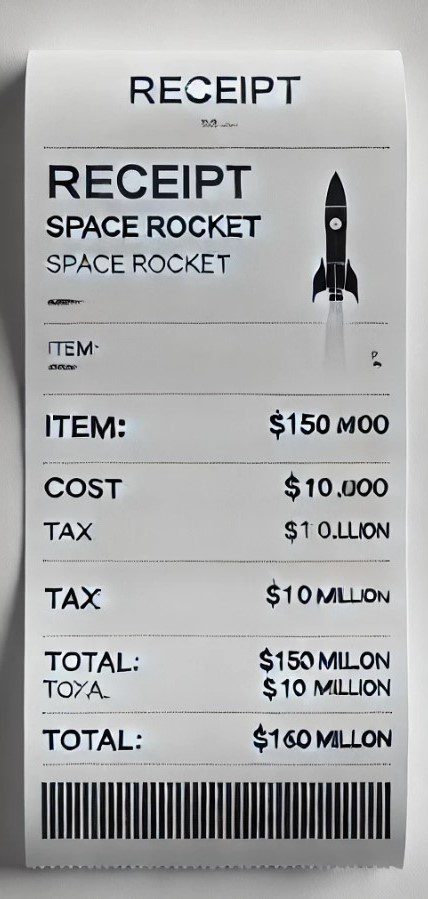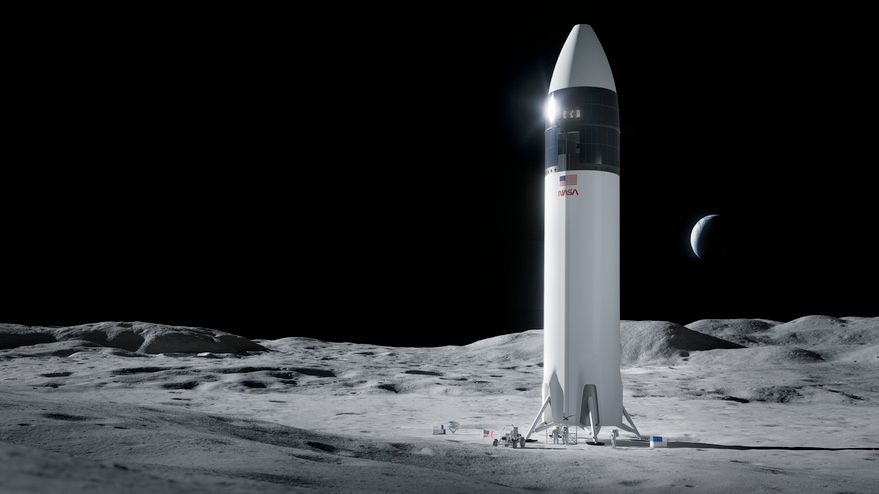The essentials of the above solid rocket booster (SRB) design are well known as the basis for both the Ares I crew launch vehicle’s and Ares V cargo launch vehicle’s first stages (Yes NASA is now calling the Ares V SRBs its first-stage)
However, the space agency is known to be considering HTPB as an alternate fuel and filament wound casings for the segments (and this composite SRB version might be expendable) but beyond that, and a nozzle extension for Ares I’s first-stage and the oscillation issues, the SRB design seemed broadly frozen. Until now
At the back of the RFI document that can be found via this latest press release it talks about what NASA wants contractors to do regarding the SRBs, and it seems to be a bit more substantial than you might have thought
That document, with a 25 November publication date, says, “The Contractor shall propose an upgraded performance solid rocket fueled booster approach for the First Stage Element to exceed the [point of departure] requirements in Table 8.2”
Table 8.2 has a total point of departure performance figure for Ares V of 187,700kg to a 240km (149miles) orbit
Quite a substantial change to the 130,000kg to LEO goal that NASA exploration launch project office’s advanced planning manager Phil Sumrall told me about at the 3rd space exploration conference this year, which in itself was an increase on the original 2005 Exploration Systems Architecture Study’s 125,000kg target identified on page seven of its executive summary
That 187mT figure had already caught my eye, on 20 November, (other than the human rating study for the core and Earth departure stage I blogged about) when the first version of this RFI draft statement of work was published; but what also peaked my interest, and led to an email to NASA, was this earlier version of the above text:
“The Contractor shall propose an alternate solid rocket fueled booster approach for the First Stage Element”
Alternate?!
I contacted NASA about this as alternate seemed quite strong. And before I saw the new 25 November version I got this reply from NASA’s Ares V integration manager Steve Creech:
“If you’ll remember charts we’ve shown at conferences on results of lccr (lunar capability concept review) our selected pod (point of departure) vehicle used shuttle-ares 1 derived srbs. We also showed alternative option of doing new booster to get more performance. Our guidance out of lccr was to study alternative booster options until the level 2 lunar srr (next year in june of 2010) so that we had a fall-back in the event that the architecture wanted more performance. Again, I’d emphasize this is an option we are studying – we have no intention of leaving the current ares 1 derived boosters at this time.
Thanks
Steve”
UPDATE 25 November 1900h GMT: Steve Creech sent the following regarding the 20 and 25 November wording changes, “We updated [the] language to make [it] clear that we were looking for what-if options that add performance, otherwise no reason to consider [them].”
So there you have it, just a “what-if” option, unless Constellation wants a tad more perfomance anytime soon, but one that makes you wonder, how radically can an alternate SRB approach be?





